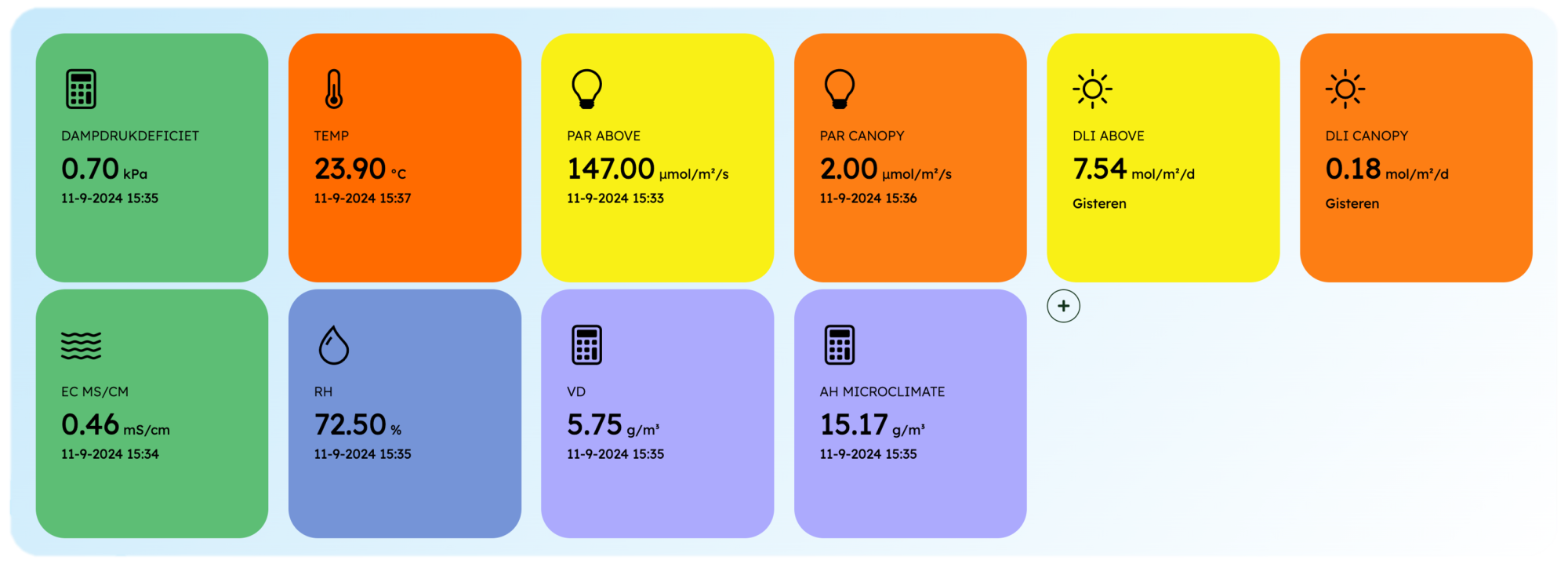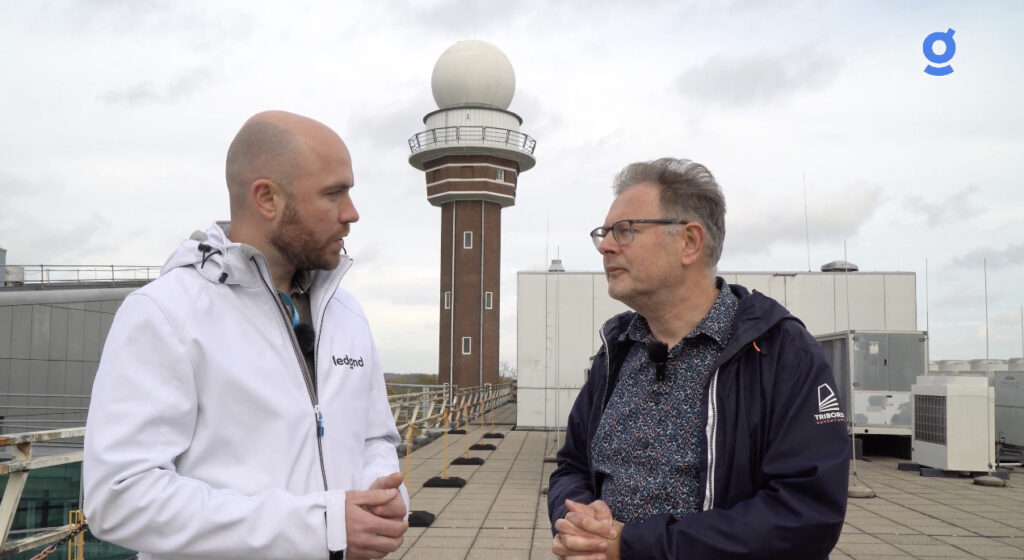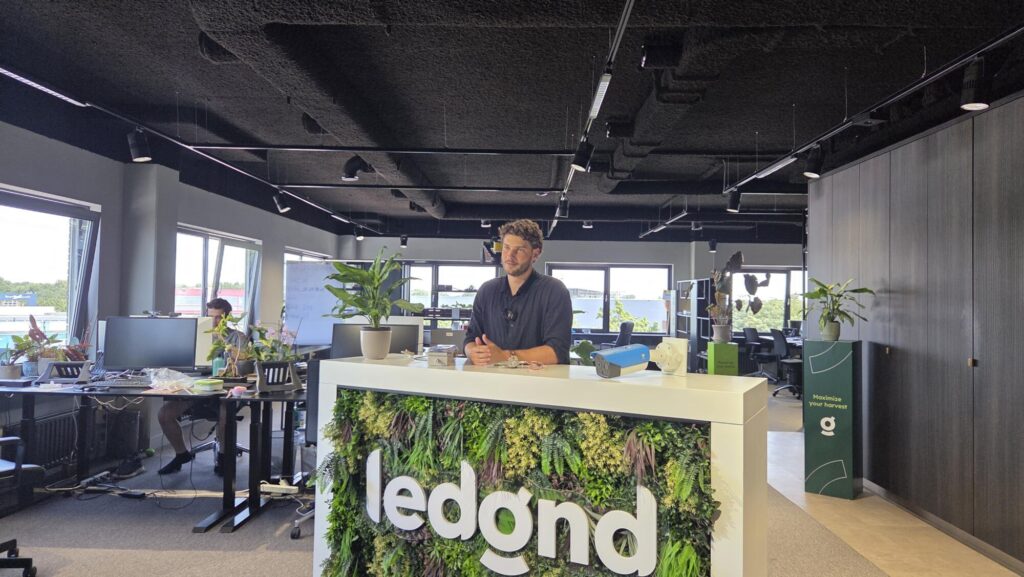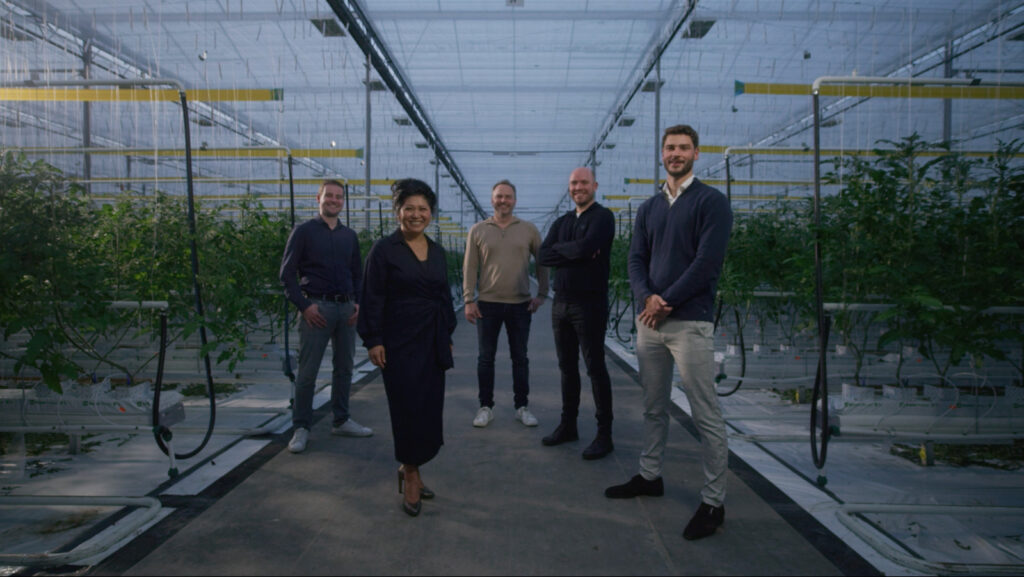Gas Price Trends in Greenhouse Horticulture: A Review of 2022-2024 and Projections for 2025
In 2022, we published a series of articles examining the prevailing gas prices in the greenhouse horticulture sector. With almost two years having passed, we are now taking a retrospective look and assessing the trajectory of gas prices in our industry.
The period spanning 2022 to 2024 has presented significant challenges for the greenhouse horticulture industry in the Netherlands and Europe, primarily due to energy price volatility. Gas remains a substantial cost factor for the sector. This article provides an overview of the gas price developments since 2022 and assesses their impact on the industry. Furthermore, we will examine the future prospects of greenhouse horticulture in the context of the energy transition and identify potential strategies that growers can employ to reduce their energy consumption.
2022: A crisis year marked by record-breaking prices
The year 2022 will be remembered as a time when gas prices reached unprecedented levels. The sector was severely impacted by the reduced gas supply from Russia. As noted in our previous article, the TTF (Title Transfer Facility), the Dutch gas trading platform, witnessed a sharp increase in prices, which peaked at over €225 per megawatt hour (MWh) in March 2022. However, the historic high was reached on August 26, when the price surged to €343 per MWh, plunging the greenhouse horticulture industry into a state of crisis.

(Source: TTF1 Chart)
During the winter of 2022, the greenhouse horticulture industry faced a critical juncture, prompting many growers to make tough decisions. Some chose to keep their greenhouses unheated and sell the gas they had purchased at premium prices. Others opted to adopt more energy-efficient growing practices, such as reducing temperatures, and accelerated the adoption of LED lighting. Notably, many growers leveraged government incentives, including the EG-regulation and the EIA-tax deduction, to support their investments in sustainable technologies.
2023: Stabilization at a high level
The year 2023 brought a measure of relief, but gas prices continued to trade at levels significantly higher than those seen before the crisis. Prices stabilized in the range of €100-150 per MWh, representing a three- to four-fold increase compared to pre-crisis levels.
The Dutch greenhouse horticulture industry underwent a period of significant transformation in 2023. Companies with long-term gas contracts were able to benefit from preferential prices that had been secured prior to the crisis, while new contracts were often signed at substantially higher rates. As a result, growers faced increasing pressure to explore alternative solutions, with a growing focus on energy efficiency and sustainability. The adoption of LED lighting, in particular, gained momentum as growers sought to reduce their dependence on gas, driving a rapid acceleration in the transition to LED.
2024: A new equilibrium?
In 2024, we anticipate a gradual normalization of gas prices, although they are unlikely to revert to pre-energy crisis levels. The forecast for this year indicates a decline in prices to an average of €50-80 per MWh.
As a grower, however, it is essential to be increasingly prepared for a future in which gas prices may remain subject to significant fluctuations. The focus has shifted towards energy management, with a growing emphasis on the adoption of alternative energy sources. The implementation of energy-saving technologies, such as full-LED lighting, has become a necessity, alongside the integration of data-driven growing practices. This approach not only enables growers to optimize their energy usage, but also provides valuable insights for the effective integration of technologies like LED lighting, ultimately driving increased efficiency and productivity in the greenhouse horticulture industry.
1. Data-driven integration of LED lighting
Transitioning to LED lighting is a highly effective strategy for growers seeking to reduce their energy consumption. However, successful implementation requires precise calibration to the specific needs of the greenhouse and the crops being grown. With the help of data integration platforms like MyLedgnd, you can monitor in real-time how the LED lighting affects the growing conditions in your greenhouse.

(Source: Screenshot MyLedgnd)
By leveraging data integration platforms like MyLedgnd, growers can monitor in real-time the impact of LED lighting on the growing conditions within their greenhouse. This includes gaining precise insights into climate factors such as temperature, humidity, and light intensity. With this information, growers can fine-tune their lighting systems to prevent over-illumination, under-illumination, and large temperature fluctuations, when are not in symphony with the cultivation techniques. By optimizing their LED lighting systems, growers can not only reduce their energy consumption and lower their costs, but also improve their crop yields and overall productivity.
2. Efficient energy use through detailed data insights
Beyond LED lighting integration, data plays a vital role in optimizing energy consumption in the greenhouse. Energy usage in a greenhouse is dynamic and influenced by various factors, including weather, plant growth stage, and lighting and heating requirements. By leveraging advanced data analytics, MyLedgnd enables growers to precisely adjust energy consumption to meet the actual needs of their crops.
A key aspect of this is identifying patterns in energy consumption. Data analysis can reveal when plants require light, when lighting can be dimmed or optimized, and with which spectra to illuminate without negatively impacting plant growth. This prevents unnecessary energy consumption during periods when plants do not require additional light. Furthermore, data monitoring allows growers to detect when plants are experiencing stress due to excessive light.
By harnessing data-driven insights, growers can optimize their energy consumption, reduce waste, and ultimately achieve cost savings and improved crop yields. With MyLedgnd, growers can gain a deeper understanding of their energy usage and make informed decisions to optimize their greenhouse operations, driving increased efficiency and productivity.
By leveraging the data collected and analyzed by MyLedgnd, you’ll be able to precisely optimize your greenhouse climate. Interested in learning more about how you can harness data to reduce energy consumption in your greenhouse? Please provide your email address and any questions you may have, and our team will be in touch with you within two business days to discuss how MyLedgnd can support your energy-saving goals.
2024/2025 and beyond: A look to the future
As we move forward, it’s clear that the greenhouse horticulture industry is poised for continued growth and innovation. The sector’s transition to a more sustainable and energy-efficient future is gaining momentum, driven by investments in LED lighting, alternative energy sources, and data-driven technologies.
MyLedgnd is committed to playing a key role in this transition, providing growers with the tools and expertise needed to navigate the complex and ever-changing landscape of the industry. By leveraging our platform, growers can better manage their energy costs, optimize their operations, and reduce their environmental impact.
As the industry continues to evolve, MyLedgnd is dedicated to staying at the forefront of innovation, driving the development of new technologies and solutions that support the growth and success of our customers. With a focus on data-driven innovation, we’re excited to see the impact that our platform can have on the future of greenhouse horticulture.
New articles

Video – Ledgnd Visits the KNMI
Weather conditions play a key role in the daily steering of the greenhouse. That is why the MyLedgnd data platform relies on reliable weather data from the KNMI. But how is this information actually g…

How 2025 became the year of plant feedback, sustainability and collaboration
2025 was a year of contrasts for many growers: rising costs and stricter regulations, while at the same time more opportunities than ever to gain control of the crop using data. At Ledgnd, the year wa…

“From pioneering to professionalising”, Matthea Rijneker reflects on her first six months as CEO of Ledgnd
At Ledgnd, 2025 was a year of change. Not only within the MyLedgnd platform, but also within the organisation itself, which went through a clear strategic shift. Midway through the year, Matthea stepp…
Read more

Video – Ledgnd Visits the KNMI
Weather conditions play a key role in the daily steering of the greenhouse. That is why the MyLedgnd data platform relies on reliable weather data from the KNMI. But how is this information actually g…

How 2025 became the year of plant feedback, sustainability and collaboration
2025 was a year of contrasts for many growers: rising costs and stricter regulations, while at the same time more opportunities than ever to gain control of the crop using data. At Ledgnd, the year wa…

“From pioneering to professionalising”, Matthea Rijneker reflects on her first six months as CEO of Ledgnd
At Ledgnd, 2025 was a year of change. Not only within the MyLedgnd platform, but also within the organisation itself, which went through a clear strategic shift. Midway through the year, Matthea stepp…
Do you want to know more?
Interested in what Ledgnd can do for you? Leave your phone number, and we will contact you as soon as possible for a non-binding informational conversation

